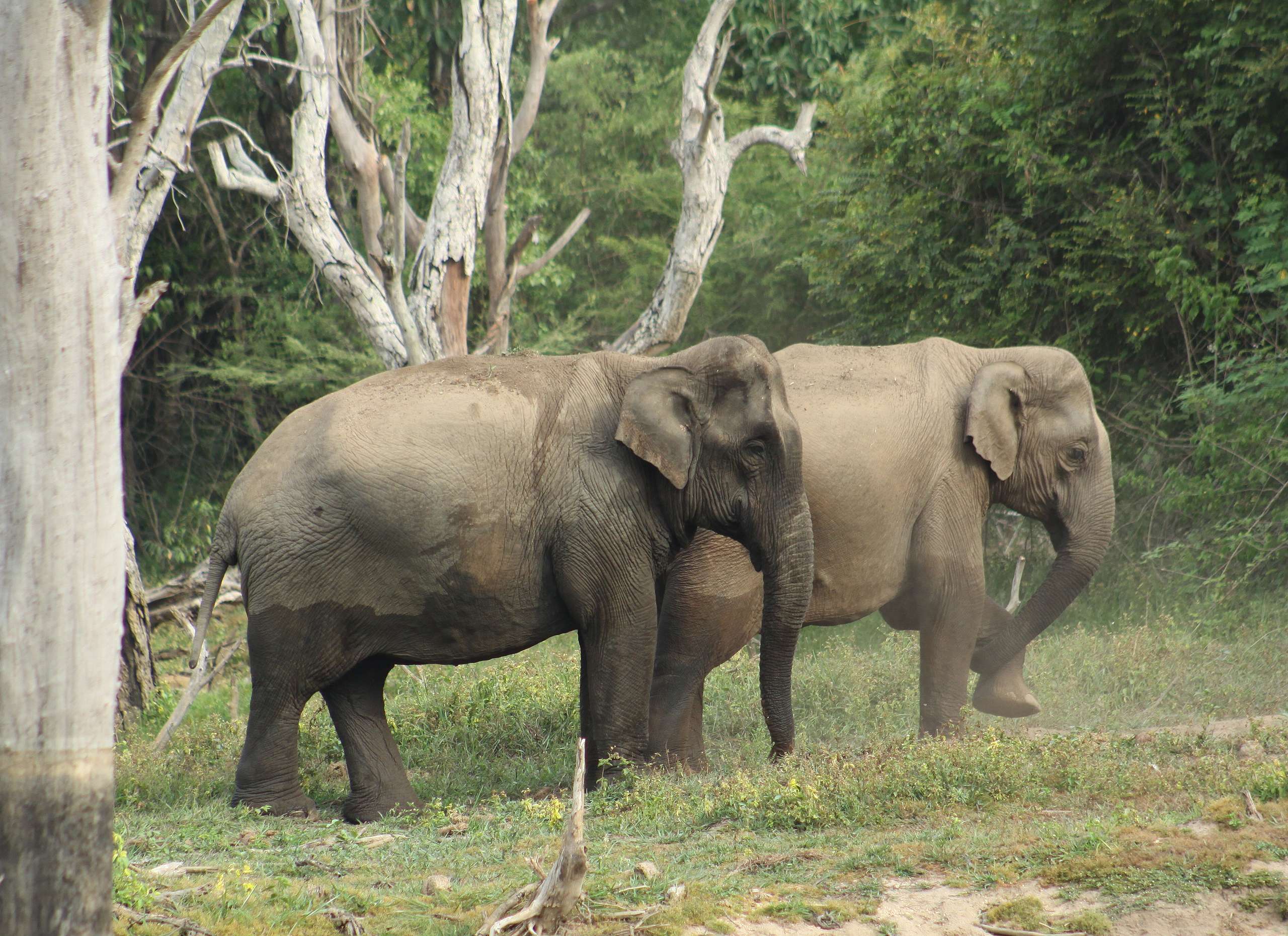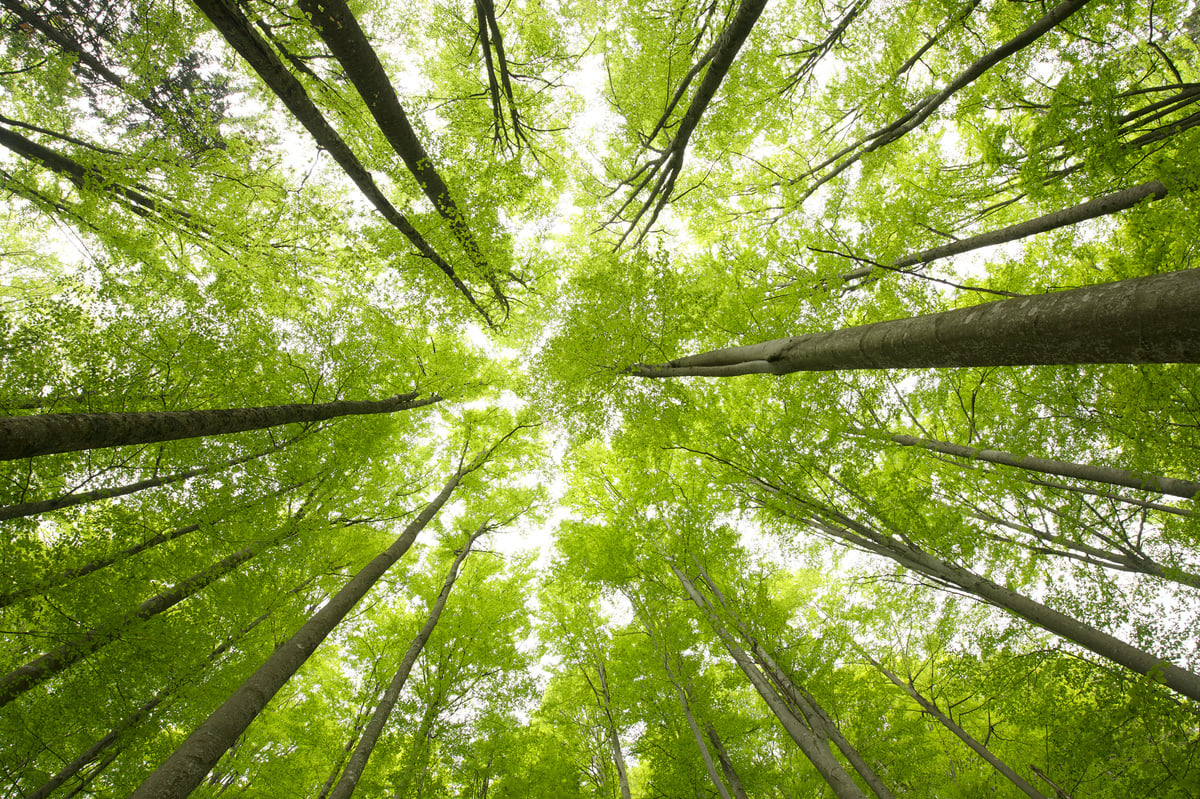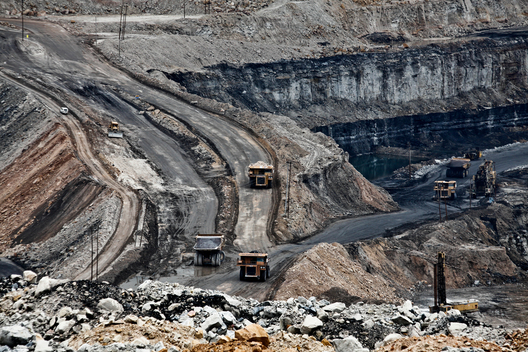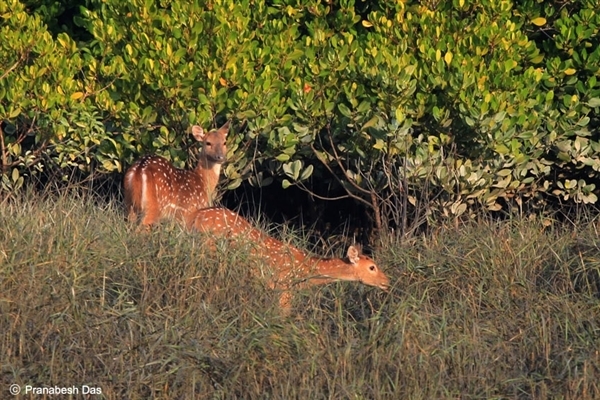
The Sundarbans is a cluster of low lying islands in the Bay of Bengal spread across Bangladesh and the West Bengal region of India. It is the largest single block mangrove forest in the world and home to hundreds of species including the Bengal tiger, the Ganges dolphin, and river terrapin- which is classified as critically endangered. Sundarbans so far has been resilient in the face of salinity encroachment, rising sea level and illegal development activities in its periphery. The threat, posed by human activity and driven by state policy, is now only getting more and more severe.
The Rampal coal fired power plant is going to be Bangladesh’s largest coal power plant. It is being constructed barely 14 km away from Sundarbans as a joint venture project taken by the Bangladesh Power Development Board (BPDB) and its counterpart, the National Thermal Power Corporation (NTPC) in India. The Indian Exim Bank has agreed to invest a sum of 1.49 billion USD in this project, with one of the largest engineering and construction company’s of India, BHEL(Bharat Heavy Electricals Limited) having secured the construction contract.

The project is in its 7th year now and the debate over this thermal power plant since its inception, has been completely unconstructive. The voices of the local people who were reluctant in giving away their right over the land for this power plant has been suppressed. They used to produce thousands of metric tons of crops and fish every year; some of this is already lost and likely to get impacted further, severely. Countless complaints have been filed on substandard compensation and human rights violation. To make matters worse, many flaws and self-contradictions have been found in the Environmental Impact Assessment (EIA) report put together by one of the government’s own subsidiary bodies.
Issues of rising emission levels, temperature increase, Thermal Power Plant (TPP) effluent discharge and coal transportation discussed in the EIA are enough to question the rationale behind this project. Critics of the EIA report claim that the facts and figures have allegedly been manipulated with, toning down the destructive nature of this power plant on Sundarbans.
However, the EIA report does clearly state that,
- SO2 in the ambient air in Sundarbans area will increase up to 53.4 μg/m3 which is more than five times the present level
- NO2 will rise to 51.2 μg/m3, which is more than 3 times than the present level
- Emissions of the temperature 1250 degree Celsius will be continuously released through the stack
- 5150 cubic meters of used water will be discharged per hour in the adjacent Passur river which is the lifeline of Sundarbans.
Furthermore, 0.75 million tonnes of fly ash and 0.2 million tonnes of bottom ash will be produced every year causing it to be reserved inside the project area posing a significant risk of spill over and leaching of hazardous and radioactive metals like arsenic, vanadium, beryllium, barium, cadmium, lead, mercury, nickel, chromium, selenium and radium.
Ships will ply through the dense part of the forest1, carrying 4.7 million tonnes of coal to the project area, posing a major threat to the existence of Sundarbans. In the last three years, Bangladesh has witnessed at least four major accidents of oil, fertiliser and coal laden ships in the Sundarbans waterbody2.Additionally, noise pollution caused by the ships spreading the coal dust during transportation inside the forest, is something inevitable.

About half a million people are dependent on the Sundarbans for their livelihood and about fifty million people in the coastal region of Bangladesh and India find this forest as their natural protector in this present climatic condition4. Thousands of concerned citizens are actively protesting against the Rampal power plant and taking to the streets. They believe in cleaner alternatives to produce power, but question the rationale behind the lack such plans for the Sundarbans.
7th January, 2017 was observed as Global Protest Day for Sundarbans where more than 4,000 people took to the streets in Dhaka, The Hague, Halle, Paris, Gwangju, Hordaland, Turku, London, Berlin, Kolkata and Melbourne demanding a halt on the ongoing Rampal power plant project5. Upholding the same demands, a half day general strike will soon take place in Dhaka, the capital city of Bangladesh, where an action plan for the ongoing Save Sundarbans movement will be announced.

Several independent studies show the inadequacy of protective measures to counter the deplorable environmental impact this thermal power plant is set to make. Expert groups have warned against the irreversible effects this plant will have on the Sundarbans. Last year, UNESCO raised objection to the setting up of this power plant and urged the Bangladesh government to relocate it. There is an ongoing resistance both in and outside of Bangladesh against this coal-based plant. However, the construction is still going on.
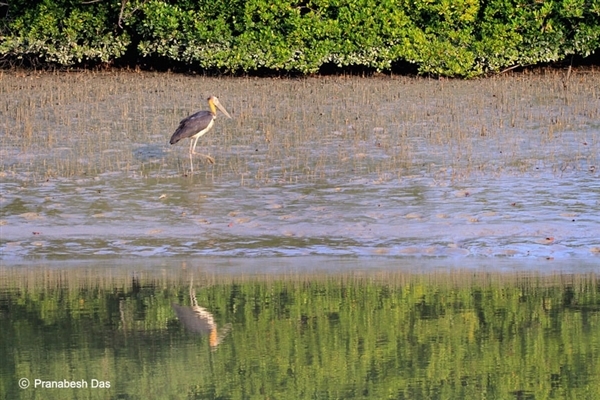
Sundarbans is often considered as the birthplace of the largest delta and shields Bangladesh from natural calamities. It is also one of the most important carbon sinks of the world.
Now, the question is- how long can Sundarbans bear this havoc? Can Bangladesh afford to lose its saviour? Can the world afford to lose another one of its most important heritage sites?

Mowdud Rahman is an environmental activist from Bangladesh now based in Mumbai, India. As a researcher, affiliated with IIT, Bombay, he is doing research on energy planning for Bangladesh. He is also one of the editorial board members of a Bangladesh based journal, Sarbojonkotha.
E-mail: [email protected]
Footnotes:
- http://www.banktrack.org/download/annex_2_eia_dr_abdullah_harun_et_et_pdf/annex2_eia_dr_abdullah_harun_et_et.pdf
- http://archive.newagebd.net/92394/yet-another- accident-in- sunderbans/
- http://www.thedailystar.net/frontpage/coal-danger- sundarbans-1345201
- http://www.banktrack.org/download/annex_2_eia_dr_abdullah_harun_et_et_pdf/annex2_eia_dr_abdullah_harun_et_et.pdf
- https://news.mongabay.com/2017/01/thousands-hold- global-protest- day-to- support-worlds- largest-mangrove/
- http://whc.unesco.org/en/news/1573

